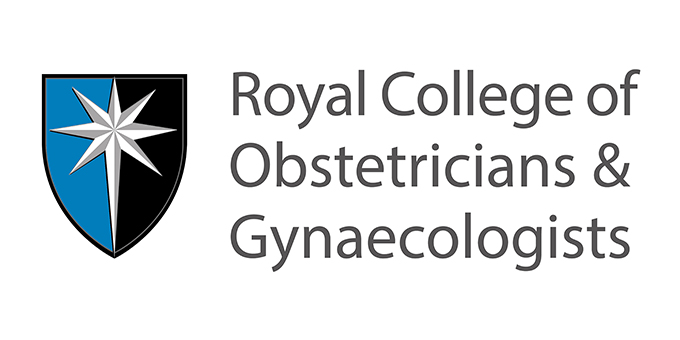The RCOG Museum is unique in the UK with its focus on women’s healthcare.
The collections have grown through gifts and acquisitions since the foundation of the College, and now includes the complementary collection of the Royal College of Midwives.
The world famous Chamberlen forceps came to the RCOG in 1957, a gift from the Royal Society of Medicine, and a facsimile pair are currently on display at Union Street. These early 17th century instruments were used in secret by the Chamberlens for over a century before their application became widespread. Their discovery in 1813, in an attic trapdoor at the family’s old house, allowed people to finally see the original designs of what became a ubiquitous tool in obstetrics.
The development of forceps and other mechanical instruments to assist birth, including vacuum delivery cups, can be seen, whilst the collection also includes diagnostic tools, anaesthesia-introducing devices, breastfeeding implements and examples of contraception. Material relating to the history and traditions of the Colleges are also part of the Collection, as is art with relevant themes of mother and child, and portraits of key figures.
Displays at Union Street are a mix of semi-permanent, and cases that will showcase temporary exhibitions.
Visiting the museum
The Museum displays can be seen by pre-booking a guided tour (Wednesdays and Thursdays, or other days by agreement only). Items from the collection can be accessed for research, also by appointment only.
Please contact us at heritage@rcog.org.uk to book or discuss the collections.
Art works
In addition to the medical artefacts, the College has a considerable collection of paintings and sculptures related to the field of women’s healthcare and well-being, the College’s history, and its leading figures. Many can be viewed on the Art UK project.
Elsewhere on the site
The history of the RCOG and the development of the specialty of O&G
Find out about the College’s current activities and scope of work


